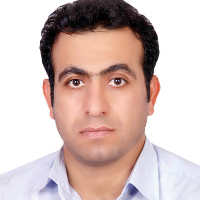Intragroup Social Capital and its Role in Reproduction of Social Inequality (Case Study: Sannandaj City)
Social capital has positive and negative consequences as social relations, trust and norms. The quantity and quality of relationships in a society play a central role in the type and consequence of social capital. The social capital in Iran more intra-group. Does such social capital play a role in reproducing social inequality? The research method was qualitative and data gathering was done through in-depth interviews with 12 people in the second half of 2017 in Sanandaj. The analysis of the findings has resulted in the extraction of a paradigm model with three main categories: social relations context, intergroup capital (core category) and social inequality. The results showed that many relatives, traditional family relationships and the rituals associated with it were causal conditions that led to intra-group social capital. Using Strategies such as ethnocentrism, nepotism and relationships rather than rules by actors with the underlying economic, political and cultural society and confounding factors such as bureaucracy and lack of supervision led to consequences such as favoritism, nepotism and variation in the distribution of resources All of which points to the reproduction of social inequality in society. It is therefore necessary to consider intra- group social capital in the analysis of social inequality as well as in the distribution of public resources.
-
Development of Anahita neighborhood: Displacement, exclusion and marginalization
Siavash Gholipoor *, , Vajihe Soleymani
lranian Journal of Social Problems, -
Neoliberalism and Sectarianism, a Case Study of the Marketing Networks
Zeinab Taham, *
Journal of International Political Economy Studies, -
Homogamy and Redefining Economic Role of Women in Family: A Study in Eslamabad-e Gharb City, Iran
*, Siavash Gholipoor, Milad Naseri
Journal of Social Continuity and Change, -
Dabir Azam Street of Kermanshah and a History of Daily Life
*, Arash Rezapour
Quarterly of Social Studies and Research in Iran,


